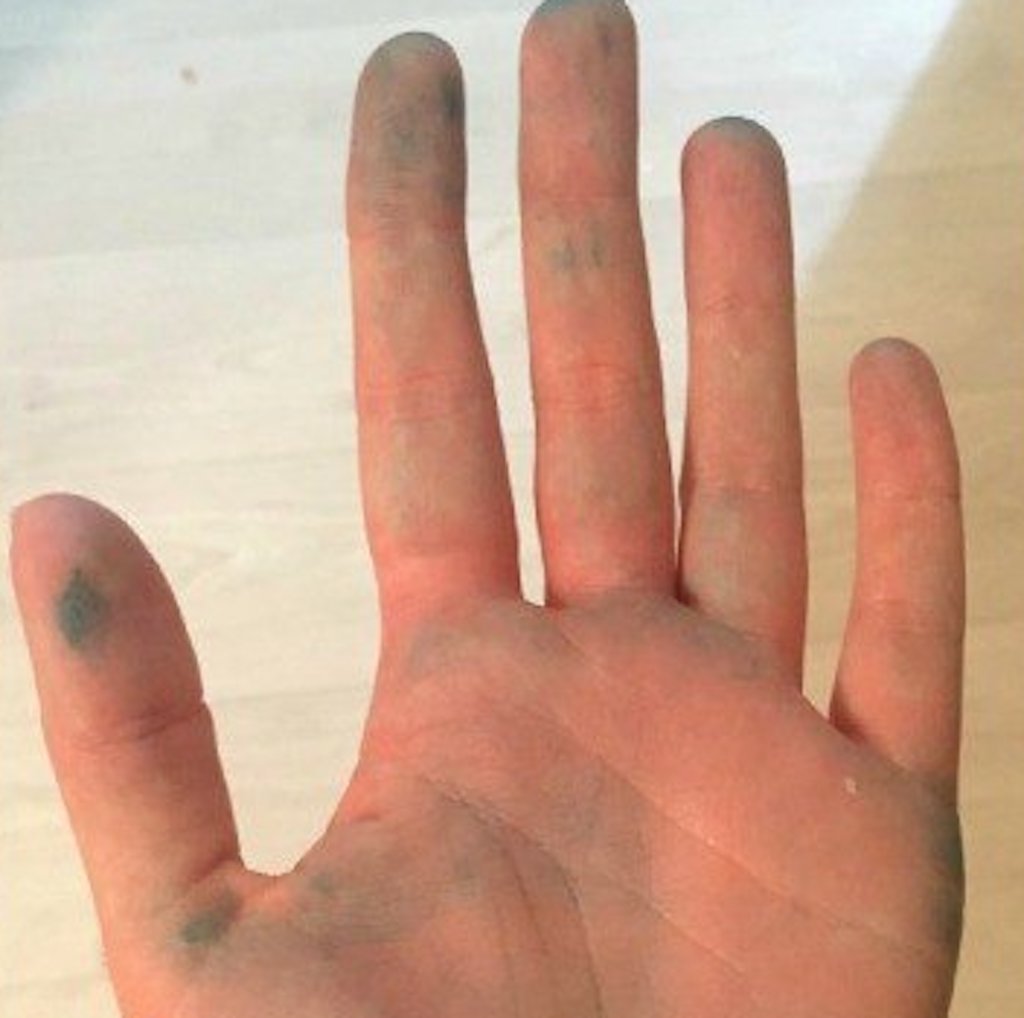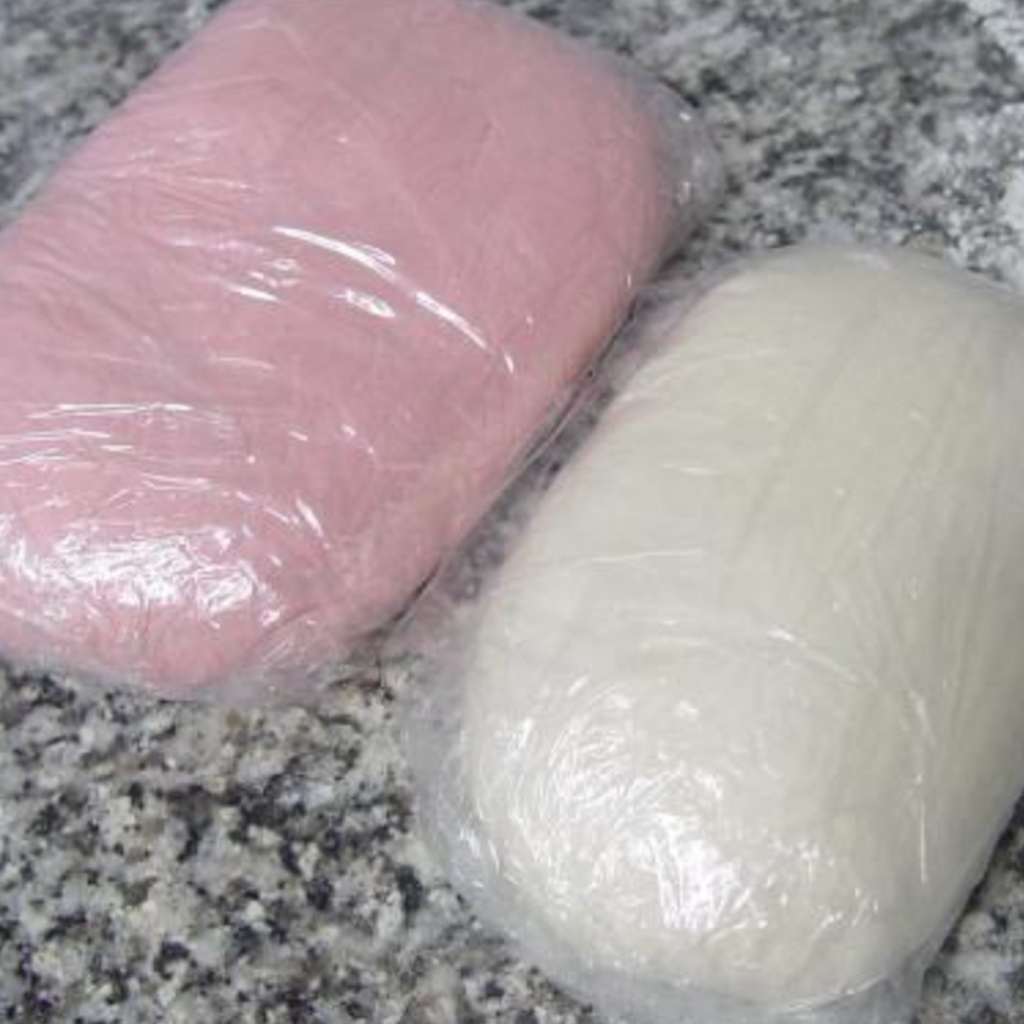8 Tips for Working with Fondant
The art of dessert decorating is a skill and technique that has been used for hundreds of years. Like every art discipline, the knowledge to understand the depths of the techniques and the tools you need to master the art of decorating is crucial to transform and take your vision to the next level.
Around most basic decorating techniques lies the art of working with fondant. Fondant is a fun and versatile medium that is wide spread and commonly used for covering and decorating cakes as well as sugar cookies.
Fondant can be tricky to work with, specially if you've never used it before. There are many factors that can affect the texture and performance of fondant. Read through our guide to get tips and tricks on how to make working with fondant easy and fun.
1. Know Your Fondant
One of the biggest mistakes cake decorators make in the early stages of fondant use is not choosing the right fondant for your needs. This first experience can make it of break it for you.
If you have huge amount of issues with your fondant, you may think that it's not for you and you won't give it a go again. When in reality it may just be not the best fondant for you to use, and another brand may work miracles.
Lets be honest it can be tricky to know what would work the best for you. We have tried and used multiple fondants and each have their own pros and cons depending on what you require.
So what are some of the things to look out for?

Softness of Fondant
There are lot of fondants out there that may feel very nice and soft to start with. Truth is once you start working with them, you will soon realise that they are way too soft and they may get sticky very quickly. This will make your work much harder and using experience not so great.
Stickiness of Fondant
Some of the brands out there can be super sticky even before you start working with them. Yes stickiness can be fixed by adding some cornflower or icing sugar to the fondant, but that can also alter the texture of your fondant and you will have another problem in your hand.

Stretchiness of Fondant
Adding too much corn flower or icing sugar can mean that the fondant you're using is loosing its original texture and isn't as pliable anymore. And again, some of the fondants come out of the tub and are straight up not too pliable and have more of a crumbly texture.
This would not be a major issue if you're using fondant to cover your sugar cookies. If you are using it though to cover your cakes this will be a huge problem that you don't want to have.
Taste of Fondant
For us this is probably the most important feature when choosing the fondant. In all honesty we are not fans of fondant full stop. But it is rather popular in cake and cookie decorating industry so there isn't much we can do about that. We have tasted heaps of them, and none of them really float our boat. In saying that some of them do taste ok and not too bad, but there are also some horrible tasing ones out there that we would never use with our bakings.
Colour Transfer from Fondant
This may not be make or break issue, but colour transfer can be visually not the most amazing thing to have. When we say colour transfer what do we mean?
Basically any coloured fondant, once you have knead them for a while, will stain your hands. Some more, some less and some hardly at all. This may not be a problem for you at all. But if you have romantic dinner date planned, you wouldn't want to turn up with blue or black fingers :D

For all round performance, we recommend finding the fondant that will have least of the above mentioned issues.
What Fondant Do We Use?
In our kitchen, after trying most of the brands out there, we have found the one that works well for us. We are using Vizyon brand as it's the easiest to work with for all round decorating needs. It also tastes the best for our liking.

You can find the full range of Vizyon fondants and their other products by clicking HERE.
2. Temperature is Everything for Fondant
Ensuring that the temperature is at an ideal level is crucial when working with fondant. Conditions around you can impact the quality level and end product of the fondant.
Fondant does not like warm conditions nor high humidity levels. If your surroundings are hot, the fondant will soften naturally and make it difficult to work with. Same applies to high humidity as fondant tends to get very sticky and hard to work with.
Cooler, dry room is preferable when working with fondant, that's for both the fondant and you as the decorator!
In saying that fondant does not like too cold either. Well actually cold itself is fine, but sudden and high temperature changes are not recommended.
3. Softening Fondant is OK
Fondant usually comes in bigger or smaller size blocks that may be rather hard depending on the brand and temperature. Usually you'd break workable size off the big block and start kneading it to make it pliable.
Over time fondant is designed to harden which can impact the end product and your design process. If your fondant is too hard to work with do not hesitate to soften your fondant in a microwave. Place the piece you're working with in a microwaveable bowl and give it 5-10 second bursts to soften it.
Do not leave it in the microwave longer as this may burn the fondant. Once your fondant is overheated and burnt it will harden up very fast and will become unusable permanently. It is crucial for your fondant to be workable rather than too hard or too soft.
Note: Be careful when removing your fondant from the microwave. It can heat up very quickly to very high temperatures (fondant is essentially sugar, and we all know how hot hot sugar can be).
4. Store Your Fondant Correctly
Storing your fondant is important to ensure that it can be used for a longer period of time down the track. We don’t recommend storing your fondant in the fridge or in a hot environment for two opposite reasons on the scale.
Storing in cold conditions will make the fondant hard. Also when bring your fondant out of the fridge, the sudden temperature change will make fondant sticky and unusable. The stickiness will ease over time, but you may not be able to use it another day or so.
Storing in hot conditions will make your fondant too soft. If this is the case, you can use little bit cornflower or icing sugar and knead that into your fondant to make it firmer so you would be able to use it straight away.

We do recommend storing fondant wrapped in plastic wrap in an air tight container at room temperature and you will be able to use it over long period of time.
5. Control Your Fondant Colour
Ideally, we recommend purchasing the fondant in the colour you wish to use for your decorating needs. However sometimes this may not be possible for a range of reasons. Therefore, you can colour your fondant by using food colouring to get your ideal colour to create the perfect design. There is also option of mixing different colours of fondant to make your own custom shade.
Colour Fondant with Food Colouring
Gel food colours, as well as oil based concentrated food colourings, are great for tinting your fondant. They produce bold, bright colours without changing the consistency of fondant. We do not recommend using liquid food colours. They are not concentrated enough, you'd need to add large amounts of food colouring and it would change the consistency of fondant.

Note: Whenever colouring fondant with food colours make sure to wear food safe gloves to mix in the colour so it doesn’t stain your hands.
Combine Different Colours of Fondant for Custom Colours
This is something that we tend to do quite often. We start up with white fondant and mix in different shades of colours, to achieve lighter pastel colours. You can also mix more than one colour of fondant together to get a whole rainbow of shades!
How to Make Black Fondant
We would never attempt to make our own black or red fondant. Why? The amount of food colouring you'd need to add, would change the consistency of your fondant a lot. For these instances, we always use pre coloured fondant, to save time and headache of trying to colour it ourselves.
6. Fixing Cracked Fondant
Cracking on fondant is common problem to have. This may happen for several different reasons, and can be pretty frustrating. Usually there is a easy fix by applying warmth from your fingers or a light pressure from a rolling pin to smooth out any imperfections.
Alternatively if you notice that your fondant is cracking, rub some Solite vegetable shortening over the crack in a circular motion to smooth the cracked area together.
Note: We suggest not using water to do this, as too much liquid can break down your fondant.
7. Using Fondant with Silicone Moulds
Fondant is great for moulding and creating little decorations for your cookies and cakes. Using silicone moulds for this purpose can add that extra personalised touch for your desserts and give you a perfect finish.
When using silicone moulds for fondant decorations, dust the moulds with some cornflower or icing sugar before you press the fondant of the mould. When your silicone mould has very fine details, we do recommend placing it in the freezer for about 30 seconds, to get the fondant harden up, so the demoulding process would be easier.

If your fondant decorations have to hold their shape, we do recommend adding some Tylose powder to it, essentially making your own gumpaste.
You can find our full range of silicone moulds by clicking HERE.
8. Fondant Sticking to the Table
Nothing more frustrating that sticky fondant!
Before you start with your project to prevent fondant from sticking to your table, lightly dust your work surface as well as rolling pin with icing sugar or cornflour.
The key to non sticking fondant is to keep it moving as you work with it. Never flip it over after you start to roll. Just turn it about a quarter of the way to prevent sticking and help ensure the thickness of your fondant is even.
So these are our eight basic tips for the start of your journey on using fondant for your cookie and cake decorating. When used correctly, fondant can be your best friend and bring your ideal vision to life. However, do not be discouraged if your fondant creation doesn’t end the way you envisioned. The use of fondant is a process that requires a lot of trial and error to perfect.

Have any other great fondant tips? Share your thoughts on any small tricks you may have!
For our full range of fondants, silicone moulds and more go to our shop NOW and begin your journey on decorating with fondant!

